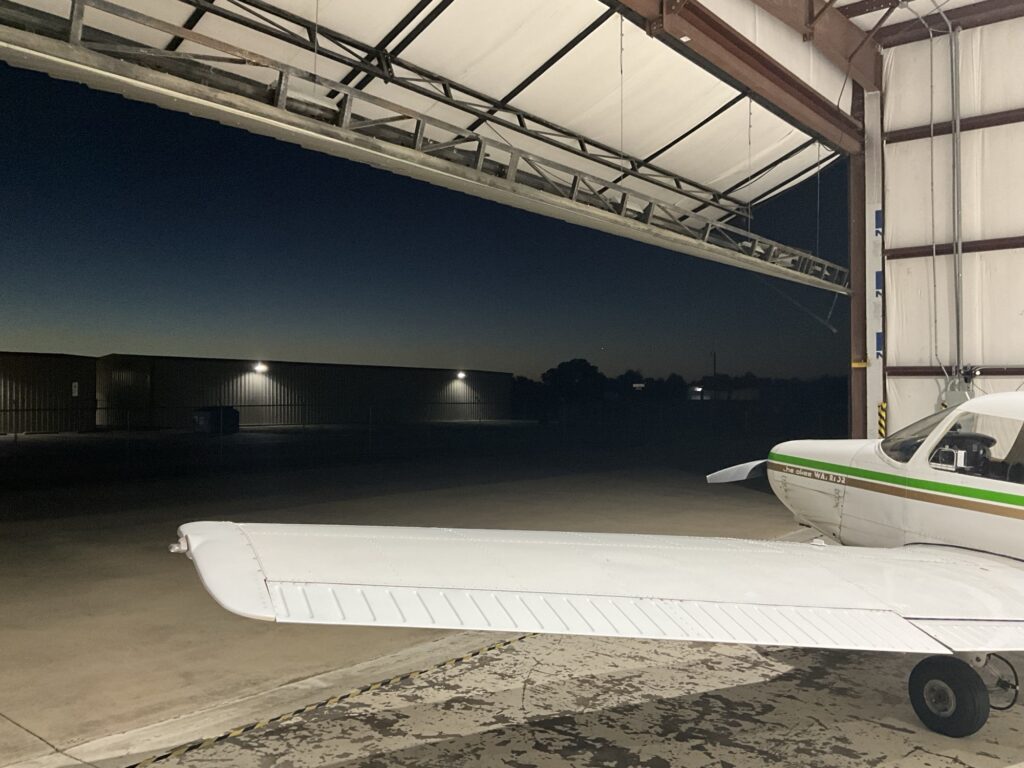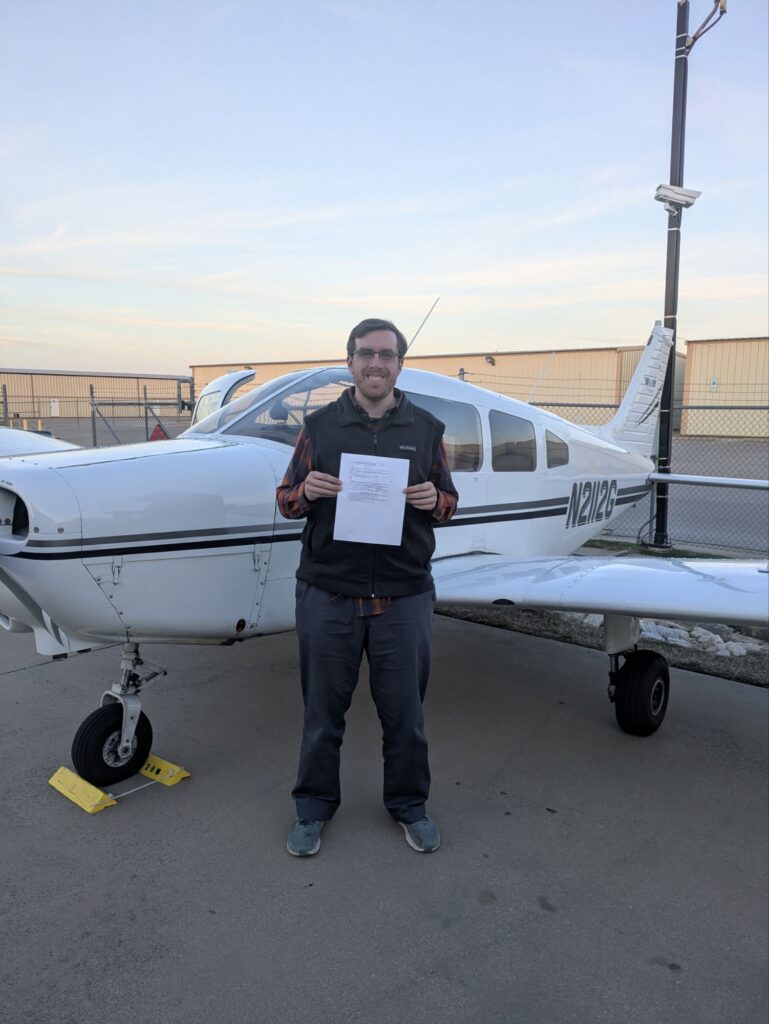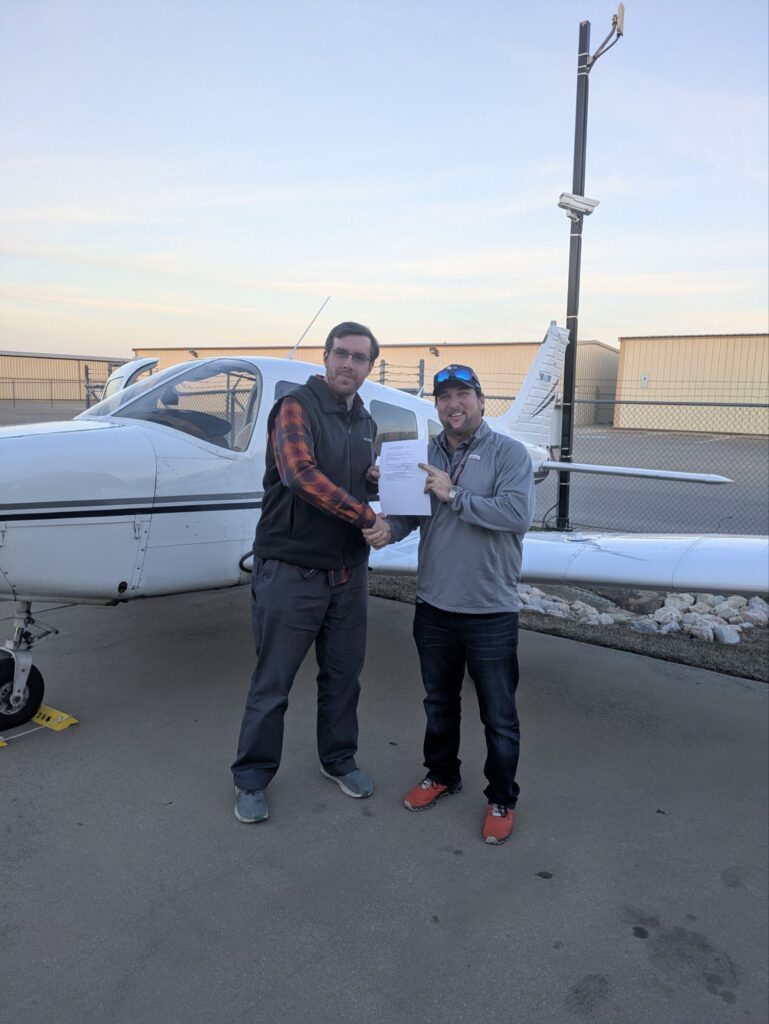So this post is incredibly out of date now, I realized I had never actually posted it. Whoops.
Please pretend, for the purpose of this message, that it’s November 29th 2024, just over a month ago now, but also last year somehow.

Its a beautiful Texas morning. For them past two months I’ve been flying at night, with blinders on, staring at instruments and not looking out the window. We learn how to do this so we can go touch the clouds, but not the scary clouds. Imagine a day where you can’t see above the 4th floor of tall building because the clouds are so low. We’re practicing to take off, fly, and land the plane in clouds like that…
It’s way more fun than it might sound. Take a look!
Am I 400 feet off the ground or 7000 feet up in the sky? Only by looking at your instruments can you know! I seem to be having fun though, so it can’t be too bad.
So you take off and disappear up into “the soup” as we call it. Can’t see a thing. Air traffic control is telling you which way to turn on its your job to do what they want, they’ll keep you safe from other planes, big manmode objects, and mountains. (Not that we have any of those…)
When flying like this you don’t really get to pick anything about whot you’re doing other than your destination. You tell ATC where you want to end up, they tell you how to get there.
Sometimes though it works out, and their instructions put you someplace really cool.
That’s what instrument flight is all about right there. Flying when you can’t see, and seeing really awesome views when you can!
One of the craziest things though is approaching an airport. We have a number of different tools to use that keep us right on track. Imagine that your car GPS that tells you “turn left in 500 feet” ALSO tells you “descend 200 feet, at a constant rate of 333 feet per minute”. It’s not quite that easy, but that’s the idea. You’re flying along, following your desired path, and then suddenly the clouds part and you’re about 300 feet above the runway and 20 seconds later you’re on the ground.
It’s a lot of fun.
Being allowed to fly in clouds requires passing a written test, an oral exam, and then a practical check-ride where the examiner goes out with you and watches you perform the necessary procedures.
Long story short: I passed!


Now I can go flying clouds, as long as they aren’t angry clouds!
Getting instrument is also an important step in getting to my Commercial license, which allows my to get paid to go fly.
As of passing my checkride I have 206.6 hours of total time as pilot in command. Time to start practicing the new maneuvers required for the Commercial checkride, which I can take when I get to 250 total hours.
(And a big thanks to my wonderful instructor Edwin for taking these videos. I was so busy flying I would never have thought of it, and I love being able to show them to you!)
